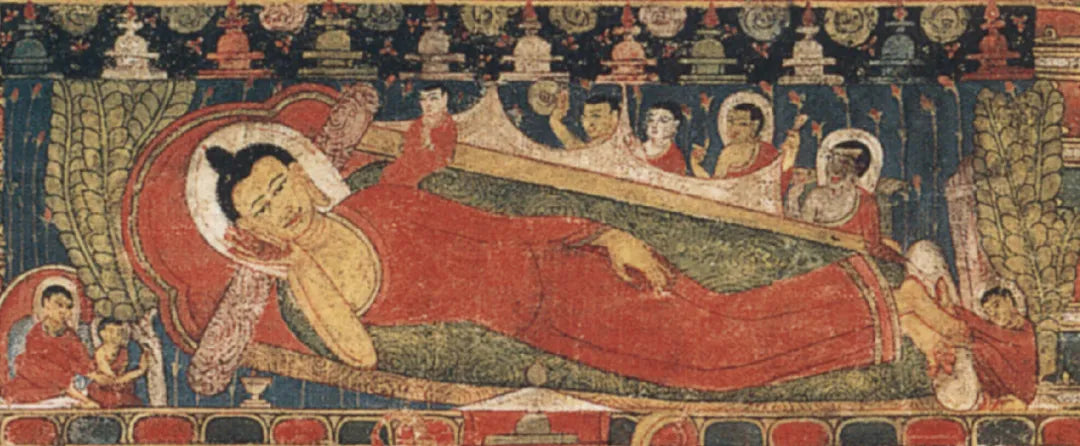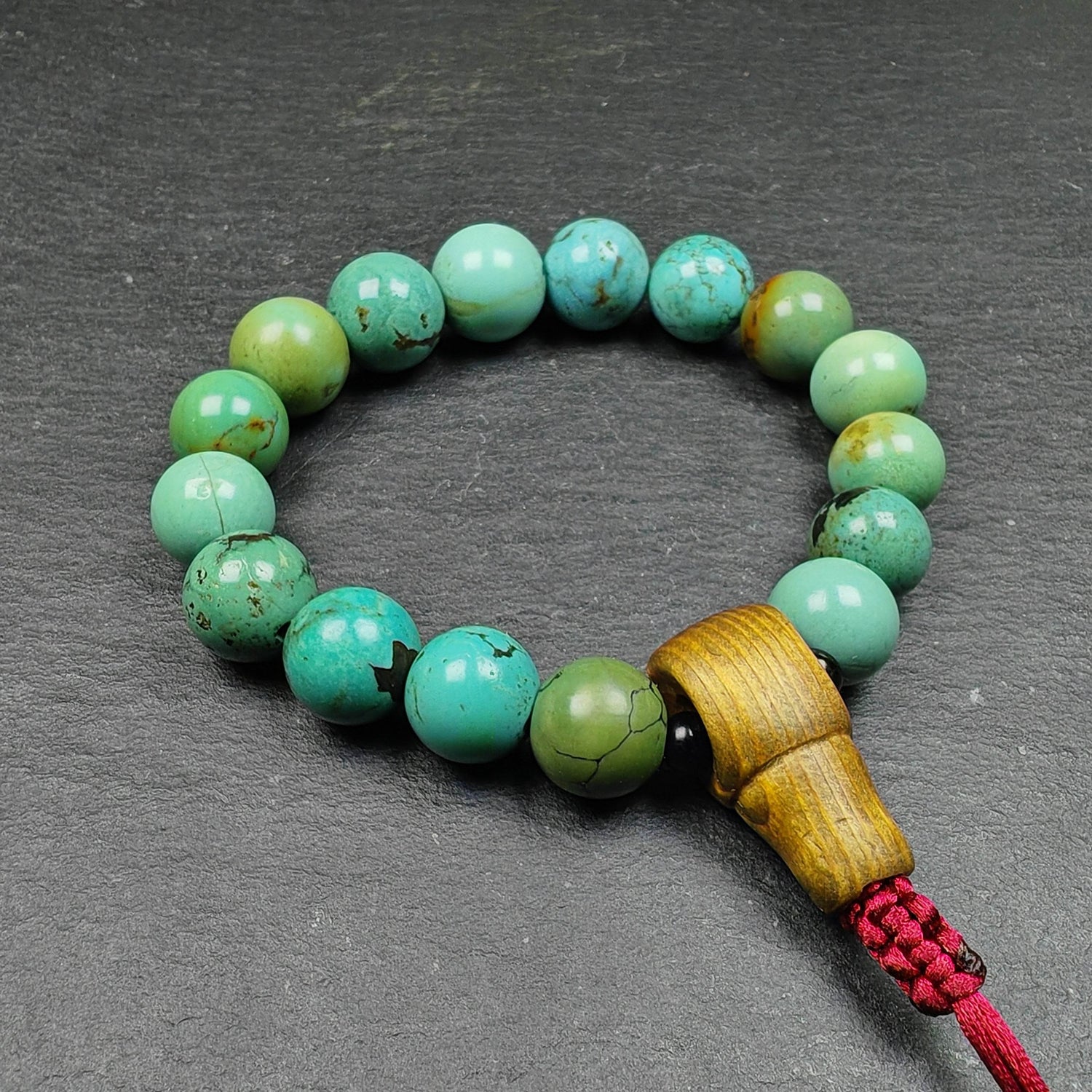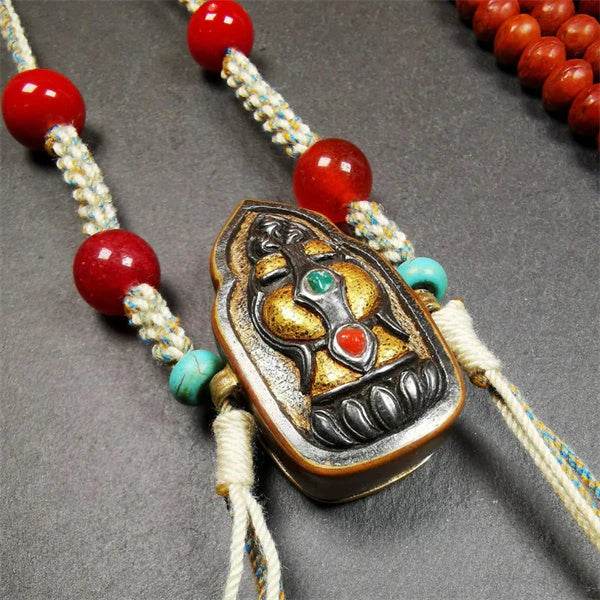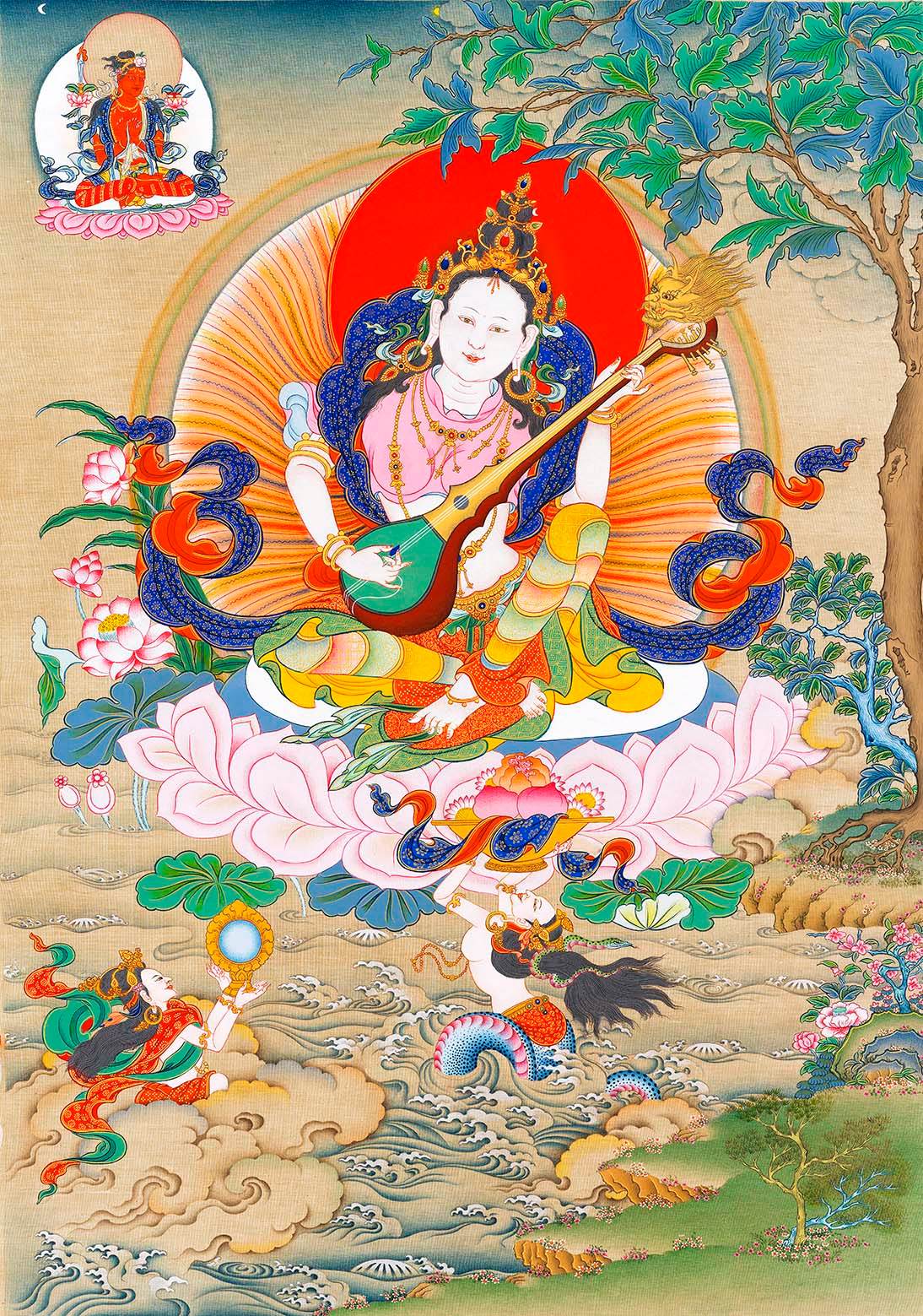
Tibetan Fragrance Journey: Frankincense and Myrrh

"The Twelve Deeds of Buddha"
Late 14th Century, Private Collection
Detail: The Parinirvana of the World-Honored One in Kushinagar
In the classical texts, Kushinagar is referred to by various names, one of which is "the Sala Grove" (སཱ་ལའི་ཚལ་). It is generally acknowledged that this place was abundant with numerous Sala trees. However, there is also a viewpoint that suggests the presence of Boswellia trees, specifically the Boswellia serrata, which is indigenous to South Asia. In the Tibetan language, there is a tradition of using the same term to refer to both the Boswellia tree and the Sala tree.

"Stone Incense Burner in the Form of a Reclining Elephant"
9th Century (disputed), Collection of the British Museum
འཇིག་རྟེན་ལྷ་རྣམས་རྩོག་གིས་མནོལ་གྱུར་ན།
སྤོས་དཀར་ཤིང་སྣའི་དྲི་ཡིས་སངས་གྱུར་ཅིག།
(……)
ལྷ་རྣམས་མི་གཙང་རྩོག་གིས་མནོལ་གྱུར་ན།
སྤོས་དཀར་གཡུ་ཤུག་དྲི་ཡིས་སངས་གྱུར་ཅིག།
(……)
གུ་གུལ་དཀར་ནག་དྲི་སྤོས་སྣ་ཚོགས་སོགས།
ཕྱི་ནང་གསང་གསུམ་མནོལ་གྲིབ་བསལ་བའི་རྫས།
(......)
ལུས་ལྷ་མི་གཙང་རྩོག་གིས་མནོལ་གྱུར་ན།
གུ་གུལ་དཀར་ནག་དྲི་ཡིས་སངས་གྱུར་ཅིག།
If the worldly deities are defiled,
Frankincense is used to purify them.
(...)
If all the deities are defiled,
Frankincense and cypress purify them.
(...)
Black and white myrrh, along with other exquisite fragrances,
Cleanse both inner and outer secret impurities.
(...)
If the deities within the body are defiled,
Black and white myrrh purify them.
Excerpt from *The Purification Smoke Offering Text: Sacred Blue Water*
(མནོལ་བསང་ལྷ་ཆབ་སྔོན་མོ།)

"Field of Merit for the Practice of Severance (Chöd) of the Jodé Tradition"
Late 20th Century, Rubin Museum of Art Collection
Frankincense is often used to symbolize the feminine tradition and the practice of the Female Branch of the Jodé (Chöd) tradition. In the practices of the Bardo (Intermediate State) and the Chakras, there are also descriptions and specific rituals that utilize frankincense to represent the power of the feminine principle.

"Wooden Phurba"
Late 18th Century, Private Collection
In various rituals related to exorcism and the dispelling of negative forces, it is common to use powders such as myrrh, frankincense, ephedra, and white mustard seeds to anoint ritual implements or to burn them either collectively or individually. (The first two powders are particularly significant.)
Frankincense and myrrh, the magical treasures that flourished along the ancient "Incense Route" (or the Spice Route). Applying these substances to the bodies of the deceased was believed to ensure the soul's passage to the realm of light, while burning them was thought to facilitate a connection between the living and the divine. Merchants traversing Eurasia wove fantastical tales about the origins of frankincense and myrrh. Within the Tibetan aromatic system, these two substances, though not as prominent as the previously mentioned agarwood, sandalwood, and musk, nor as popular as spikenard and weeping cypress, hold significant symbolic value in specific aromatic contexts and cultural settings. In Tibetan medical texts and certain craft-related works (particularly those on incense-making and fragrance formulation), frankincense trees are said to be guarded by colossal creatures (such as giant serpents and elephants), while myrrh is believed to originate from animals (like giant snakes and water buffaloes). These legends, recorded in Tibetan literature, intriguingly align with folk tales from the coastal regions of the Arabian Peninsula, and both traditions attribute to these substances the extraordinary power to remove obstacles. Generally, in Tibetan, frankincense is referred to as སྤོས་དཀར་ (pronounced "pökar," meaning "white incense"), while myrrh is called གུ་གུལ་ (pronounced "gugul," a term to be elaborated on later). It is important to note that these designations are not definitive. In numerous manuscripts, the terms used to denote frankincense and myrrh can be interchangeable.

"Blue Beryl Medical Thangka: Essences of Earth and Wood, and Medicinal Herbs of the Plains"
Early 20th Century, Men-Tsee-Khang Collection, Lhasa
Detail: The Frankincense Tree

"Blue Beryl Medical Thangka: Classification of Medicines"
Early 20th Century, Men-Tsee-Khang Collection, Lhasa
Detail: Frankincense
The color of frankincense resin varies significantly; upon exposure to air or after undergoing specialized incense refinement, the resin can manifest in four distinct hues: white, yellow, red, and dark green. Consequently, the use of frankincense is believed to aid in the accomplishment of the four activities in Buddhism. In previous articles on Tibetan treasures, I mentioned that classical artisans used deep amber-colored frankincense resin (combined with borneol) to create "imitation amber" (a specialized craft). As a classic resinous aromatic, frankincense emits a gentle, non-irritating fragrance, often interwoven with floral and herbal notes. White and yellow varieties of frankincense are considered the finest within this category and are highly valued for treating disorders related to "yellow water" (a concept in Tibetan medicine) and various external injuries.
The sources of frankincense in Tibet can be traced to both land and sea routes. The land route either directly originates from Central Asia or is transmitted through nomadic powers in North Asia. The sea route, on the other hand, is often linked to the dynasties of the Central Plains, particularly during the Song Dynasty, when the status of frankincense rose significantly. Tibet both exported frankincense to the Song and frequently imported large quantities of it via maritime trade.
In Tibetan practices, frankincense is often associated with feminine energy. Sachen Kunga Nyingpo (1092–1158) once likened it to "the warm fragrance of a mother's womb." Beyond this, other aromatic substances linked to feminine forces (such as maternal deities and dakinis) include gentian (སྤང་རྒྱན་, especially the blue and white varieties) and most types of Himalayan sweetspire (ཞུ་མཁན་) commonly found in Tibet.

"Blue Beryl Medical Thangka: Essences of Earth and Wood, and Medicinal Herbs of the Plains"
Early 20th Century, Men-Tsee-Khang Collection, Lhasa
Detail: The Myrrh Tree

"Blue Beryl Medical Thangka: Classification of Medicines"
Early 20th Century, Men-Tsee-Khang Collection, Lhasa
Detail: Myrrh
Unlike frankincense, myrrh often carries a more pronounced medicinal bitterness, with a slightly pungent yet overall rich and deep aroma. In Tibet, myrrh is generally classified into two types: black and white. The black myrrh (which tends to have a dark yellow hue) is what is now commonly known as Commiphora wightii, or guggul. The Tibetan term for myrrh, གུ་གུལ་ (gugul), derives from the Sanskrit word गुग्गुल (guggulu), meaning "myrrh like lamp oil is a sacred substance that wards off demonic adversaries." It is important to note that, according to modern scholarly research, what is referred to as white myrrh is actually the resin of the Boswellia serrata tree (South Asian frankincense). The classification methods of the classical period may have been based on South Asian indigenous descriptions that unified these two plants, emphasizing that both are trees feared by spirits and capable of removing all obstacles caused by astrological disturbances and the poison of the nagas (serpent deities). Burning them during cremation is believed to pacify external disturbances, and crafting tools from them is thought to intimidate malevolent spirits.
Notably, the traditional Tibetan perspective still regards both black and white myrrh as myrrh, categorizing them as natural myrrh and resinous myrrh. White myrrh is considered pure, likened to "pearls coated in butter," while black myrrh contains more impurities, described as "resembling something derived from animal dung." Both types are used to treat leprosy and external injuries.

"Wooden Tibetan Incense Mold with Auspicious Symbols"
19th Century, Pitt Rivers Museum, University of Oxford







1 commentaire
j3ct5n